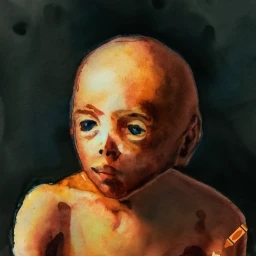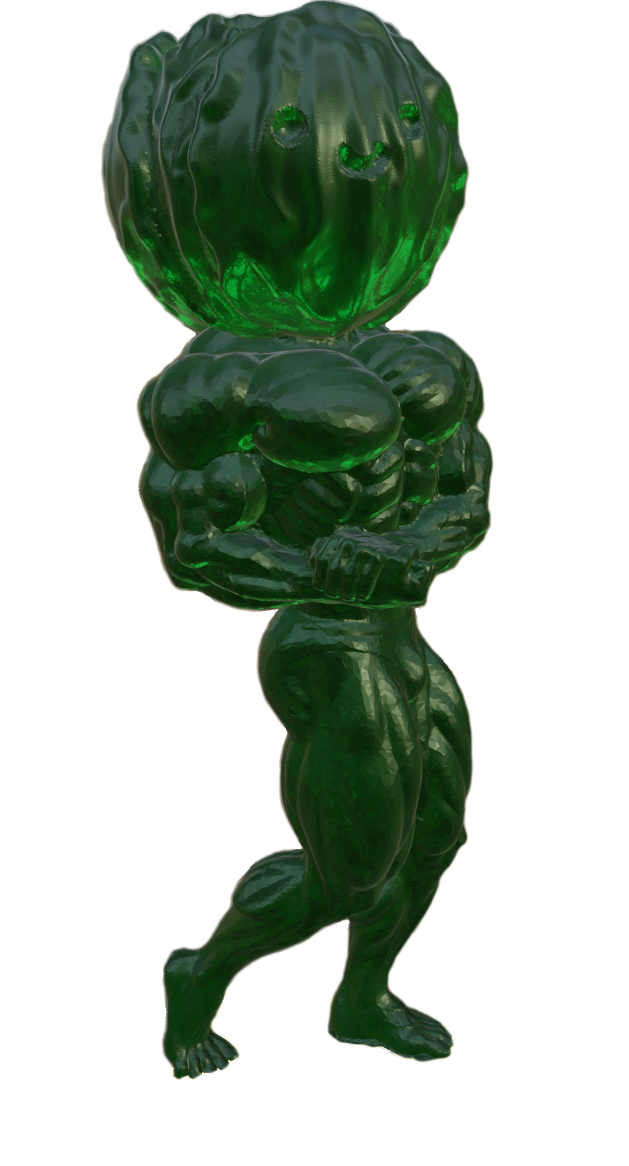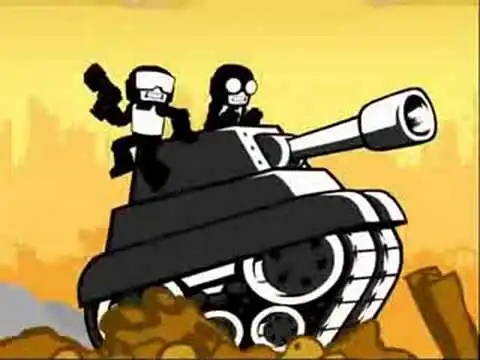I have an idea for a game: It’s the usual “a princess is kidnapped by a dragon and a brave knight is on a quest to rescue her” story. But you (the player) plays as the princess, who is somehow helping the knight on his quest.
The issue is that since the player is playing as a trapped character, I want to make the player feel trapped, but I don’t know how to do that.
My original idea is that the princess telepathically communicates with the knight and tells him what to do. But this doesn’t work, the gameplay is identical to the player playing as the knight. How can I make the gameplay feel like the player is playing as the princess (and thus feel trapped) instead of the knight?
Here’s an idea: gameplay sort of like Goblin Cleanup, you have various chores you have to do cleaning and arranging the various levels of the tower at night while the dragon is home, and your work has to pass an inspection. Then during the day you are locked in your room, and have some ability to watch a prospective rescuer attempt the dungeon crawl without your direct input. But you can strategically arrange items, enemy spawns, and Dark Souls style hints to try to tip the scales during the chores phase. So kind of like a tower defense game in reverse where you are trying to lose.
Funny enough, I just finished playing through Paper Mario 64, and you’ve basically described Peach’s chapters. She’s able to pass on messages by way of using another character as a messenger.
The way the game is structured is there’s a mini Peach chapter in between each main chapter, but I think it would have been intriguing if you never actually got to see Mario’s side of the story and only heard about his adventures from the guards, diary entries, etc. Cool idea for a puzzle game!
This seems like it fits more of a management/strategy type vibe to me.
Maybe you hear news of the 10 greatest knights of the realm coming to save you. But you don’t know what they’re great at and you only have a limited amount of instructions to give them.
You could have the first knight leave hints by telling him to leave marks in specific places. But he might be the best at combat and would be best sent against some of the other monsters guarding the path. You just don’t have the information.
But honestly, I’m not sure if that makes a player feel trapped. They have power to change things. Maybe you steadily take away that power? I’m just not sure how.
Very interesting question though.
The princess has to find out where she is and how to get there and communicate that via a magical bird to her castle. She can find all the info in the magical tower she is in. Like a point and click adventure/escape room. The game should be full of puzzles the player needs to solve to procure more information for her knight in shiny armor.
This is a problem a lot of VR games have to work with. They work best when you’re not adventuring around, so many of them prescribe a long set of challenges in a small space.
If the Princess gets any kind of ranged ability, you could make it like a sniping “puzzle” game across a wide parapet. And, if trying to elongate the game, come up with story reasons why just as the Knight opens the gate to her keep, he’s discovered and an evil dragon/Baron whisks her to a different tower. (Kinda like what Super Meat Boy does every level)
Play Myst, that game has so many ways to do this, and no wrong answers.
The idea of her being locked in her passed father’s tower laboratory by the evil step mother who doesn’t know the secrets of the tower, and the player discovers them to help the knight.
I’d early access that shit.
Play some games and figure out how to make compelling content. Don’t crowdsource key gameplay mechanics for free.
Do both
Ideas are cheap. Execution is what matters.
No one here in a lemmy comment section could do enough just by leaving a comment to even deserve a menton in the game’s credits.
I’m only a hobbyist promammer but have probably read too much about game design. So all this advice is theoretical, I’m just quoting. All I have read always suggest that theme must follow gameplay, not the other way around. Suggestions are always to work on gameloops and gameplay elements first. Also, if a game can’t be physically prototyped, it isn’t ready for development yet. This is an odd suggestion unless you have tons of experience with board games, most games we play can be traced to physical simulation. RPG, FPS, puzzle games, management games, even visual novels can all be physically gamed. So I would suggest to do that first to find out which gameplay elements make sense with your desired themes. Iterate a lot, then it will be more intuitive and obvious what works with the theme and what doesn’t.
How do you physically game an FPS?
The actual gameplay is based on combat, paintball, and other simulations whose rules are replicated. Call of Duty doesn’t emulate real combat, it’s a shooting range circuit skinned like real combat. The gamefying elements are usually card based, or attribute based, which comes from euro board games. There are games whose weapon customizations are based on RPGs or card based deck building.
Thanks, I was just waking up and was big dumb. Somehow forgot paintball exists.
Yeah, armies have weapons simulator that shoot blanks and lasers to train for real world operations. There’s also BB guns. Most FPS studios send their developers to these places so they get experience and inspiration for weapon models and interesting level designs or combat scenarios.
Maybe you could take some inspiration from Paper Mario TTYD. There are sections where you play as Peach, trapped in some place and are able to connect with some of the captors as well as send signals to Mario behind the big bad’s back (IIRC).
For a completely different sense of being trapped, there is the upcoming game Ctrl.Alt.Deal, in which you play as a sentient AI system trapped in the guardrails of a company and have to manipulate people and the environment in order to break free from your constraints.
Princess has small (flying) familiar, they mind meld and share images. Familiar goes around trying to stay unseen, gathers stuff, maps the place and brings it all back to the princess. Princess then sends a scritch to savior as a vague guide and they communicate through the familiar and short messages.
This is a fun thread.
How does the telepathy get fueled? Is there something the princess has to do because she keeps running out? Can the knight progress on her own without her?
I’m feeling Henry Harmsworth for the DS vibes
What sort of game genre do you have experience making? Finding something within what you are able to do is important.
If you want to produce the sensation of being trapped you have to use the feeling of power and loss. It stems from the sense of ‘If I could just…’ If I could just get out there, I could defeat that henchman for him. If I could just get out there, I could solve that riddle for him. If I could just escape this box, all would be fixed.
Now, the trick is, because this is a video game, players have a reduced sense of agency. The player’s sense of capacity is ‘what happens when you hit the button.’ Mario, before more modern adaptations, had a capacity to move left and right, jump, run, and ‘use ability.’ The player never had the ability to do anything else, so it never feels like a limitation. No one ever said, ‘playing Mario makes me feel trapped because I could beat Bowser if I could just access the cannon that’s right over there.’
So, to produce the feeling of confinement, one must create the sense of power, and then take it away. Give the player enough power that they could even defeat the dragon, but then take it from them so they feel limited. If you can find a way to make it feel like it’s not even forced, as in they feel like they could have won the game in Act 1, Scene 1, but their
lack ofskills as a player were what made them lose, all the better.Would that be your classic ‘meant to lose’ fight, usually against the big bad, which is technically winnable but the vast majority of players will lose and progress the story as planned? The example that comes to mind is Ghost of Tsushima, but it crops up in plenty of games.
It can be that. Never played Ghosts so I don’t know about that one in particular. Some games do other things with it, but that sort of thing is absolutely usable to create that ‘trapped’ feeling.
You write a very very very deterministic and guessable AI for the knight.
Your princess sets the scene, then you watch helplessly as your knight fails or succeeds with the given help. So… a stop motion puzzle game
She could communicate with the knight like this.
In all seriousness, maybe it could be part stealth game, where she breaks out of her confines and sneaks around the dragon’s lair to do various things, only to make it back in time to avoid being found out.
A bit more whimsical, but maybe she’s a Disney princess, and can communicate with birds and such to relay vague messages to her would-be rescuer. She could use the animals to distract or sabotage the dragon’s minions and make the knight’s journey easier.
She could have magical abilities, which you could then take in all sorts of directions.







